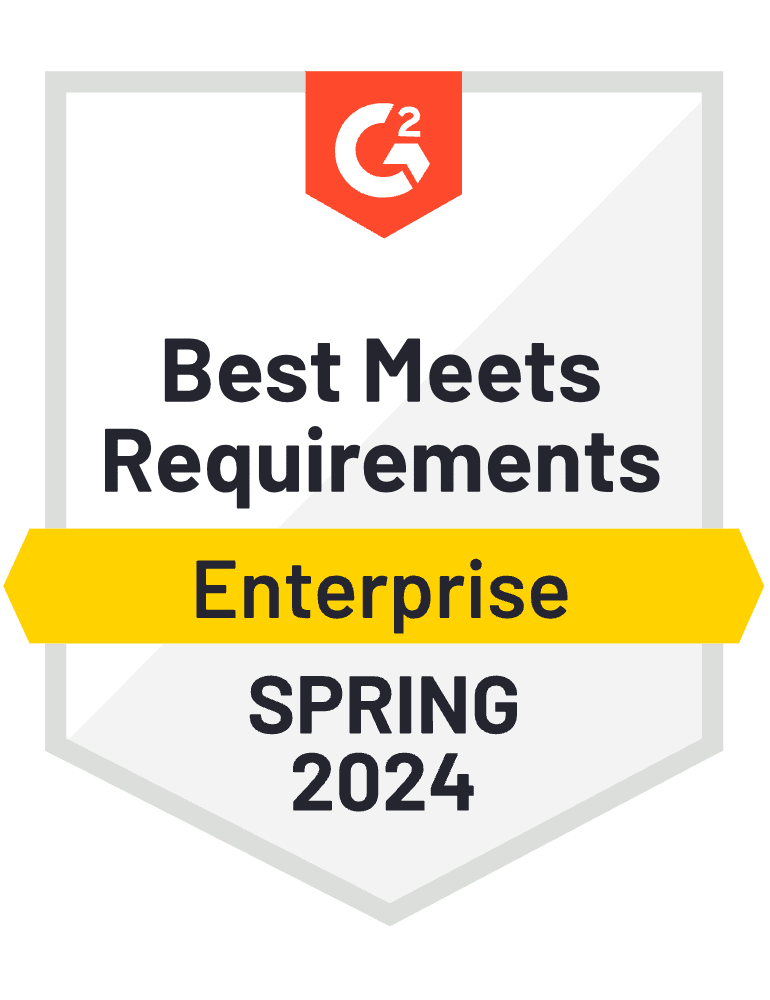Maintaining a complete and accurate CMDB is challenging with your technology infrastructure in constant flux. Yet fast access to accurate CI data is critical to business continuity and IT security.
Thanks to a seamless integration between Lansweeper and ServiceNow, complete and up-to-the-minute IT asset data can flow continuously and automatically into your ServiceNow CMDB, giving you all of the information you need to support numerous IT use cases and business scenarios.





Lansweeper’s integration with ServiceNow enables data sharing and workflows driven by a centralized IT asset inventory that is always complete, accurate, and up-to-date.